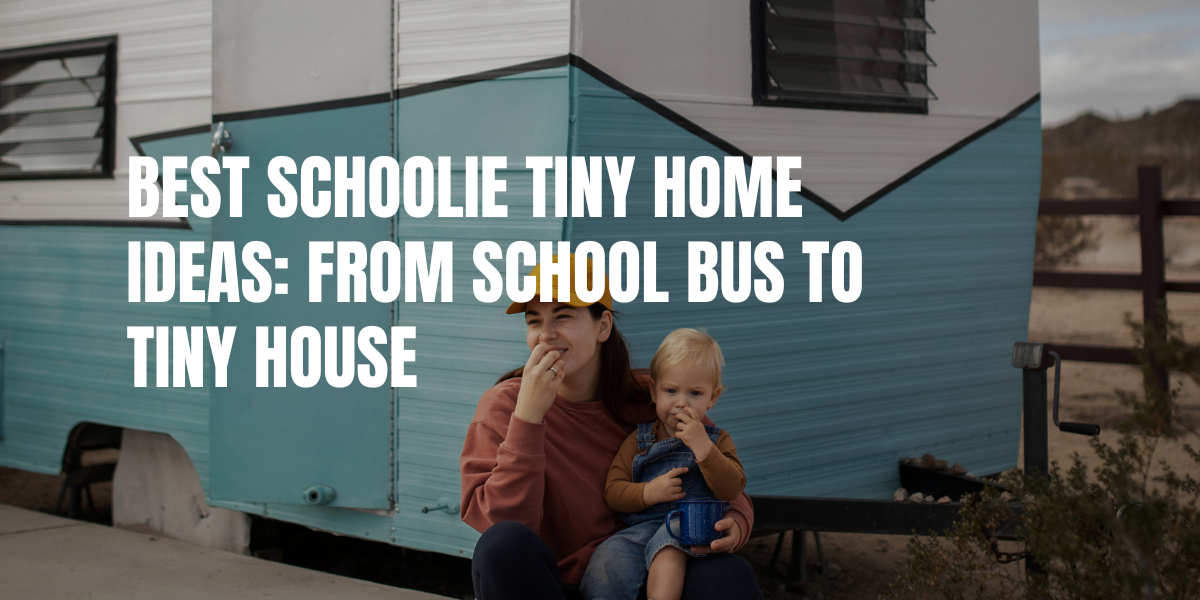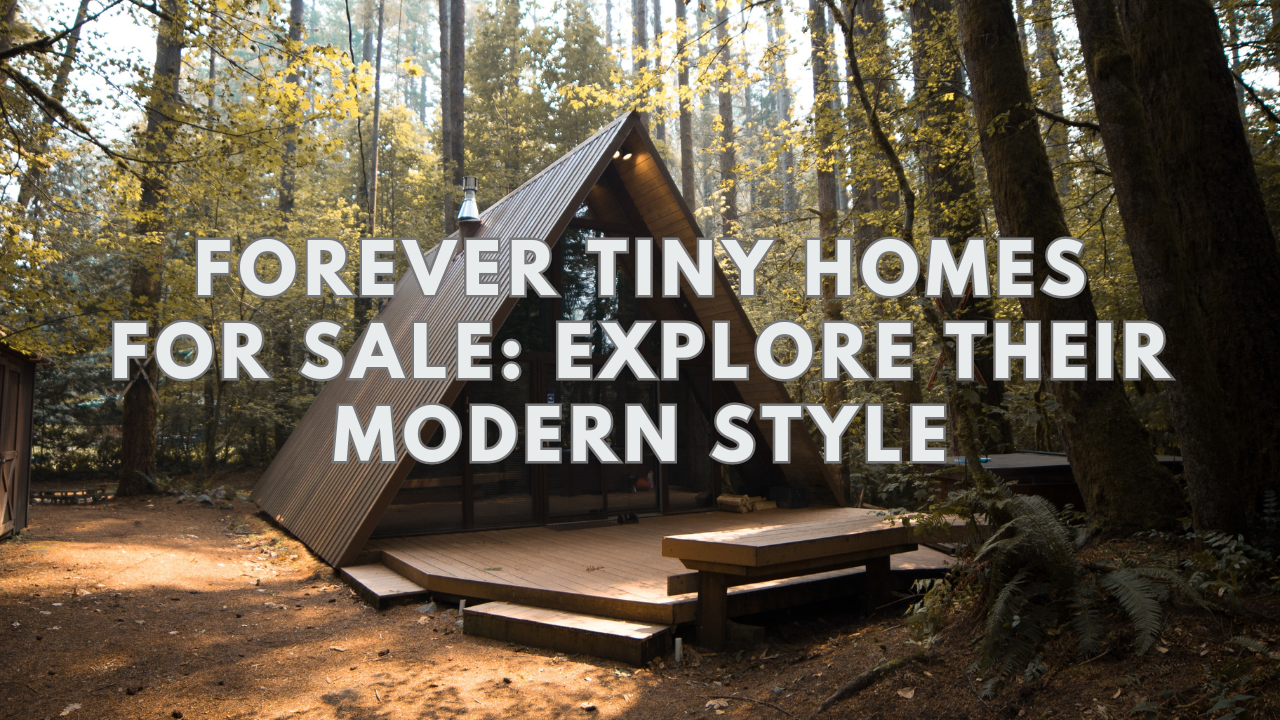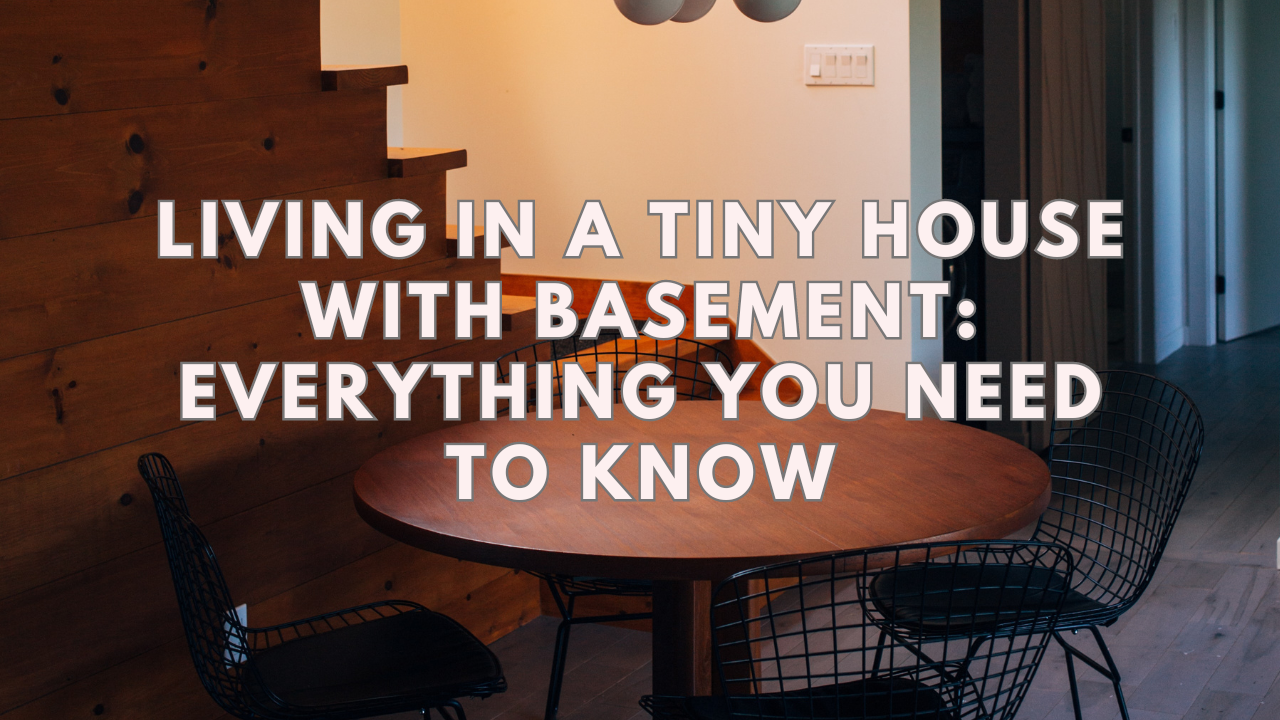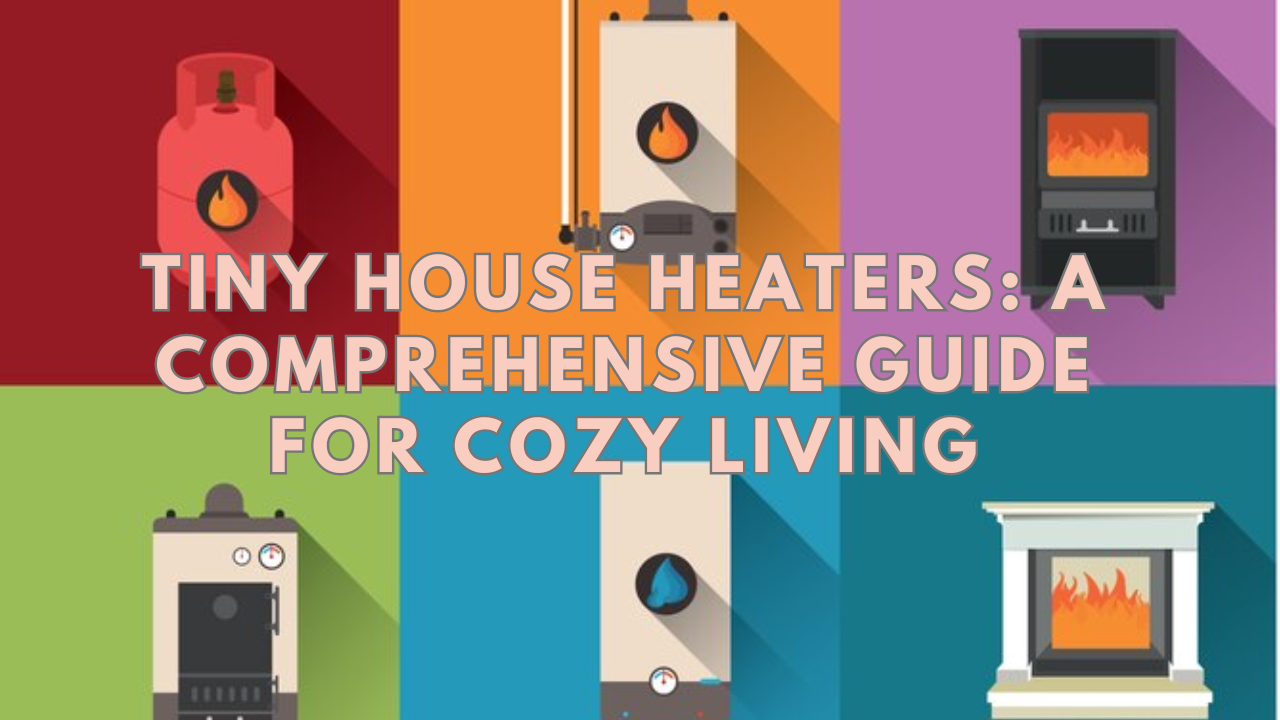Converted school bus into a cozy, mobile tiny home often called a “schoolie,” offers boundless creativity and customization. This remarkable transformation project allows individuals to craft unique tiny living spaces, incorporating ingenious solutions for maximizing every inch of space. From clever layouts and efficient appliances to eco-friendly features, this guide will delve into innovative words of inspiration and inform you about the best schoolie tiny home ideas, transforming an ordinary bus into a remarkable dwelling on wheels.
What Are the Reasons People Convert to a Schoolie Tiny Home?
People convert school buses into functional tiny houses for various reasons. Firstly, it offers a mobile lifestyle, allowing them to travel and explore. It’s also a sustainable choice, often featuring eco-friendly elements like solar panels. Customization allows individuals to design a unique living space. Cost savings on housing expenses are attractive, and the minimalist lifestyle appeals to those seeking simplicity. Ultimately, it’s about the freedom, flexibility, and sense of adventure that a schoolie tiny home provides.
Where Are Schoolie Conversions More Popular?
Schoolie conversions are widespread throughout the United States and willing to cluster in areas such as the Pacific Northwest, specifically Oregon, and Washington. These regions led to schoolie enthusiasts due to their strong DIY and alternative living communities. Colorado is known for its outdoor-focused culture, while California’s mild climate and innovative spirit draw skoolie enthusiasts. Texas and Florida also have thriving skoolie communities, thanks to their scenery and weather conditions. Moreover, nomadic skoolie dwellers frequently gather in places with favorable weather and scenic vistas, expanding this unique lifestyle across various locations.
Here Are Some of the Best Schoolie Tiny Home Ideas to Help You Get Started
Layout and Design:
- Consider an open floor plan to maximize a livable space and create a sense of openness.
- Loft beds or storage lofts can help save floor space.
- Incorporate multi-functional furniture, such as fold-down tables and convertible seating.
Kitchen:
- Use space-saving appliances like a compact refrigerator, two-burner stove, and a microwave convection oven.
- Install plenty of storage shelves, cabinets, and drawers for kitchen supplies.
- Consider a fold-out countertop extension to provide more workspace when needed.
Bathroom:
- Opt for a compact composting toilet to save space and water.
- A small corner shower or a wet bath can be efficient in a tiny home.
- Use waterproof materials and proper ventilation to prevent moisture issues.
Bedroom:
- Lofted beds are popular in schoolie conversions to free up floor space.
- Incorporate storage solutions like under-bed drawers or built-in closets.
- Ensure proper insulation for temperature control and soundproofing.
Heating and Cooling:
- Install an efficient heating system, such as a wood stove or a propane heater.
- Use insulation and double-glazed windows for energy efficiency.
- Consider a rooftop vent or a mini-split air conditioner for climate control.
Electrical and Plumbing:
- Plan the electrical system carefully, with a mix of 12V and 120V components.
- Use LED lighting to conserve energy.
- A freshwater tank and a greywater tank are essential for plumbing needs.
- Consider a composting or incinerating toilet to simplify plumbing.
Solar Power:
- Install a solar power system to make your schoolie more self-sufficient.
- Use solar panels, a charge controller, and a battery bank to store energy.
- Consider an inverter to convert DC power to AC for appliances.
Interior Decor:
- Aesthetic choice of color and style that reflects your taste.
- Use space-saving storage solutions like wall-mounted shelves and hooks.
- Add curtains or blinds for privacy and insulation.
Exterior:
- Insulate and seal the exterior to protect against the elements.
- Customize the exterior with paint, decals, or a unique design.
- Install awnings or an outdoor living space to extend your living area.
Safety and Regulations:
- Ensure your schoolie conversion meets safety and legal requirements in your area.
- Properly secure all furniture and appliances for travel.
- Consider adding fire extinguishers, smoke detectors, and a carbon monoxide detector.
Living in Schoolie Tiny Homes
Residing within schoolie tiny homes grants individuals mobility, embraces sustainability, enables personalized customization, delivers financial savings, and cultivates an exceptional way of life. Bus life provides the freedom to travel, reducing environmental impact through eco-friendly features. Personalized design caters to individual needs, and affordability makes them an attractive housing alternative. However, living in tight quarters requires efficient organization and adaptation to a minimalist lifestyle, which may not suit everyone.
Pros of Living in a Schoolie Tiny Home
Mobility: One of the most significant advantages of living in a schoolie is the ability to travel and change your surroundings frequently. You can take your home on the road and explore different locations without the need for hotels or other accommodations.
Cost savings: Schoolie conversions can be more affordable than purchasing or renting a traditional home. If you’re handy and can do the conversion work yourself, you can save even more money.
Sustainability: Many schoolie conversions incorporate eco-friendly features like solar panels, composting toilets, and energy-efficient appliances, making them more environmentally friendly than larger homes.
Minimalism: Living in a schoolie forces you to downsize and live a minimalist lifestyle, which can lead to less clutter and more focus on experiences rather than possessions.
Customization: You have the freedom to design and customize your schoolie according to your preferences and needs, creating a unique and personalized living space.
Community: There is a growing community of schoolie dwellers who share resources, advice, and support, fostering a sense of belonging and camaraderie.
Cons of Living in a Schoolie Tiny Home
Limited space: Schoolies are compact, which means limited living space. This can be a unique challenge if you have a lot of possessions or if you’re sharing the space with others.
Legal and parking issues: Finding legal parking spots for a schoolie can be difficult, as many areas have zoning laws and regulations that prohibit or restrict living in converted buses. Parking can also be costly in some places.
Maintenance: Schoolies require regular maintenance, especially if you’re traveling frequently. Mechanical issues, plumbing problems, and wear and tear on the road can be time-consuming and costly to address.
Lack of amenities: Schoolie conversions often lack some of the conveniences and amenities of traditional homes, such as a consistent power supply, access to water, or a spacious bathroom.
Isolation: Living in a schoolie can be isolating if you’re constantly on the move or parked in remote areas. It may also limit your social interactions and access to community resources.
Resale value: Schoolies may not appreciate value like traditional homes, and selling a converted bus can be more challenging.
Insurance: Obtaining insurance for a schoolie can be complicated and expensive, as many insurers view them as non-standard or recreational vehicles.
FAQs
What Is the Average Timeframe for Converting a School Bus Into a Dwelling?
The average timeframe for converting a school bus into a dwelling, commonly known as a “skoolie” conversion, can vary widely depending on factors like complexity, experience, and available resources. Typically, it takes about 6 to 12 months for a DIY conversion project, but professional conversions may be quicker. Extensive renovations or custom features can extend the timeline. Planning, budgeting, and skill levels play crucial roles in determining the conversion duration.
What Are the Downsides of Living in a Bus?
Living in a bus, while adventurous and cost-effective, has downsides. Limited space can make it feel cramped, and a lack of amenities like a fixed bathroom can be inconvenient. Maintenance and fuel costs can be high, and parking restrictions can be challenging. Extreme temperatures can be uncomfortable, and it may be harder to find suitable parking spots in urban areas. Additionally, bus conversions require time and effort to build and maintain, making them a lifestyle choice that demands commitment.
How Much Power Does a Schoolie Tiny Home needs?
The power needs of a schoolie tiny home can vary depending on the appliances and systems installed. On average, a well-equipped schoolie may require around 2,000 to 4,000 watts of power per day. This includes energy for lighting, cooking, heating, cooling, and electronics. Solar panels and a battery bank are common to meet these demands, while some may opt for a generator or a combination of power sources. Energy-efficient appliances and good insulation can reduce power needs.
When to consider a school bus conversion into a tiny house?
Consider a school bus conversion into a tiny house when you crave a mobile and affordable living space with unique character. It’s an excellent choice if you’re seeking a minimalist, eco-friendly, and adventurous lifestyle, allowing you to travel while enjoying the comforts of home.
What Are the Most Suggested Conversion Resources for Schoolie Tiny Home?
The most suggested conversion resources for schoolie tiny homes are skoolie.Net, a vibrant online forum with a helpful community, and YouTube channels like “the skoolie” and “exploring alternatives,” which provide detailed guides and inspiration for successful conversions. These platforms offer a wealth of knowledge and support for anyone embarking on a schoolie Tiny home project.
The Wrap Up
Transforming a school bus into a tiny home offers limitless possibilities. Top schoolie tiny home ideas encompass space-efficient loft bedrooms, adaptable furniture, and clever storage. Embrace sustainability with solar panels, composting toilets, and rainwater harvesting. Warm, inviting interiors using natural materials create a cozy ambiance. Prioritize functionality with a well-equipped kitchen, bathroom, and comfortable living area. Ultimately, the best schoolie tiny home ideas are those that align with your preferences and needs, allowing you to craft a unique and practical dwelling.





